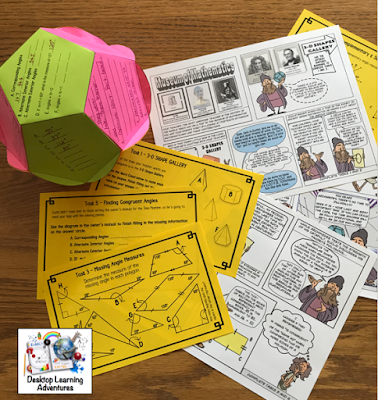Research shows several health benefits tied to movement. In addition to improvement to physical and emotional well-being, movement increases oxygen to the blood, which offers many cognitive benefits. Movement is a tremendous stress reliever.
Think about the last all-day meeting you were in. Luckily, as adults, we can get up and move around without the facilitator telling us to get back in our seats. Kids usually don't have that opportunity. They depend on us to give them those brain breaks.
Find Time to Move to the Music
It can be as simple as standing, stretching, bending, rolling the shoulders, or simple yoga moves as subject transitions. Put on some classical music let them stand, stretch, bend and roll to their hearts content.
I seem to remember an impromptu conga line that may or may not have been started by yours truly. As everyone happily conga'd our way around the room, my teammate from next door stuck her head in and asked in a slightly irritated voice, "What is going on in here?" Oops.
Take it Outside
Anytime an opportunity presents itself to take a break or move learning outside, grab it! Whether it's independent reading under a shady tree, finding objects to measure for math, or taking that historically messy science experiment outside, kids will reap the benefits from the fresh air and movement.
For years, I have had students take a walk/run lap around the playground after math and before our literacy block. They return refreshed and ready to tackle what's next. Additionally, it gives me time to chat with some of the kids who don't want the attention in the classroom.
I'm not sure why I am surprised, but even on snowy or windy days, they still want to head out for their lap around the track.
Create Active Learning Situations
Instead of the typical reporting format, create a museum walk around the room where everyone sets up their presentations and students visit each one. Divide the class in half. Half the class is there to answer questions about their presentations, while the other half are visitors, leaving feedback sticky notes for the presenters. Then flip the class and the roles reverse. Setting ground rules that remind them about museum etiquette is usually all it take for a reasonably low-noise experience.
I've used this technique several times and am impressed with how seriously they take it.
I'm a huge proponent of Readers' Theater. I love how hard they work to get the inflection in their
Let's not forget the newest classroom trend, Escape Rooms! Just the fact that they're working in groups and moving around the room looking for clues or checking answers makes these learning experiences a positive addition to my movement catalogue.
 |
| Time Machine Math Escape |
Say Goodbye to Sage on the Stage
It gets easier and easier to think of ways to teach and incorporate movement into the lessons. Turn the lesson over to them. Teacher Tuesday gives them the opportunity to teach a lesson they've chosen, related to a topic we're currently studying. It's a terrific assessment tool and they love doing it. (Note: Aside from touching base with them, all prep is done outside of class.)
Be sure to check out the other useful ideas to incorporate movement in the classroom in our Secondary Smorgasbord Blog Hop. To start you off, here's one from Michele over at A Lesson Plan for Teachers. And while you're at it, let me know how you incorporate movement in the classroom!




No comments:
Post a Comment